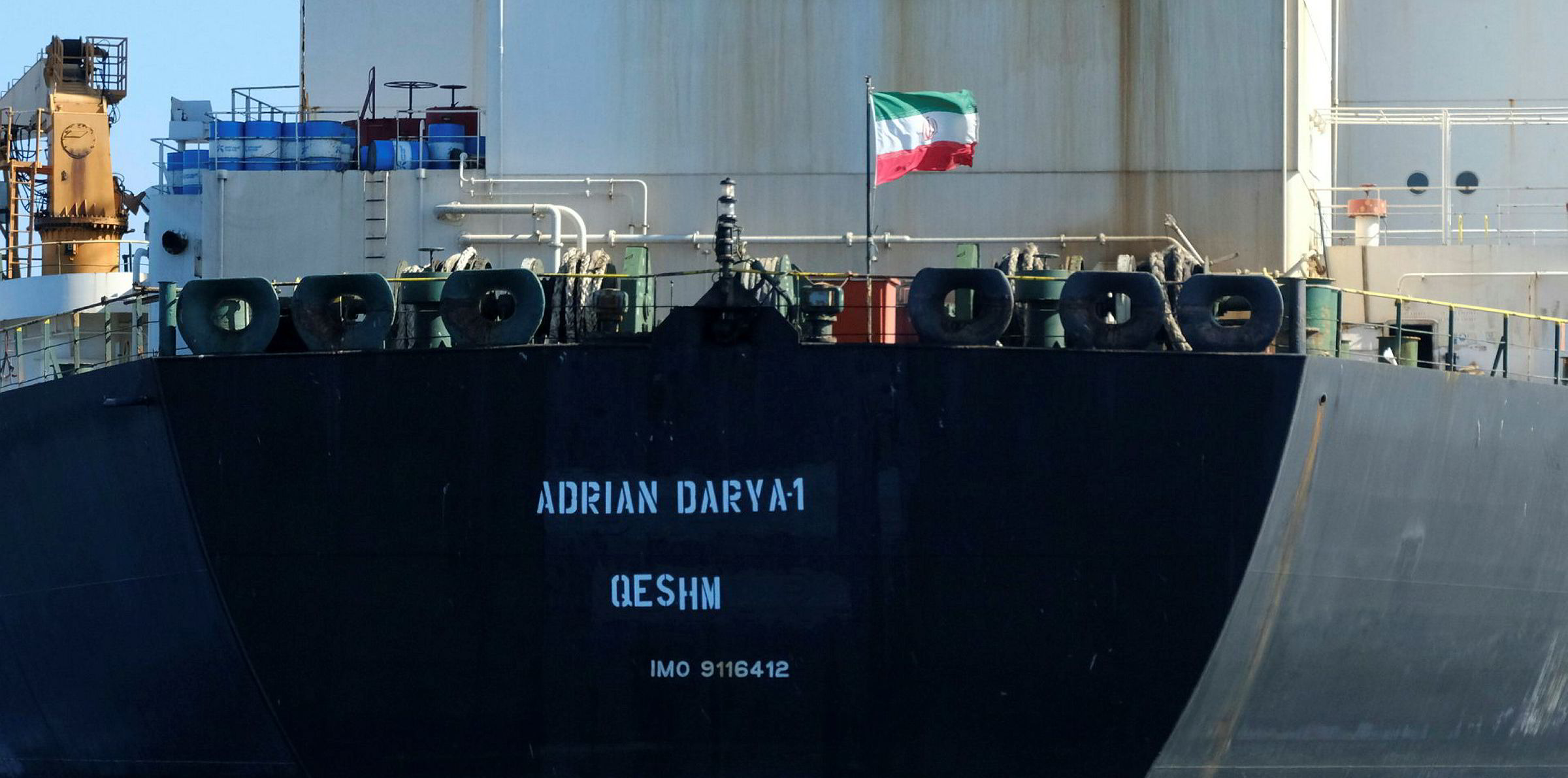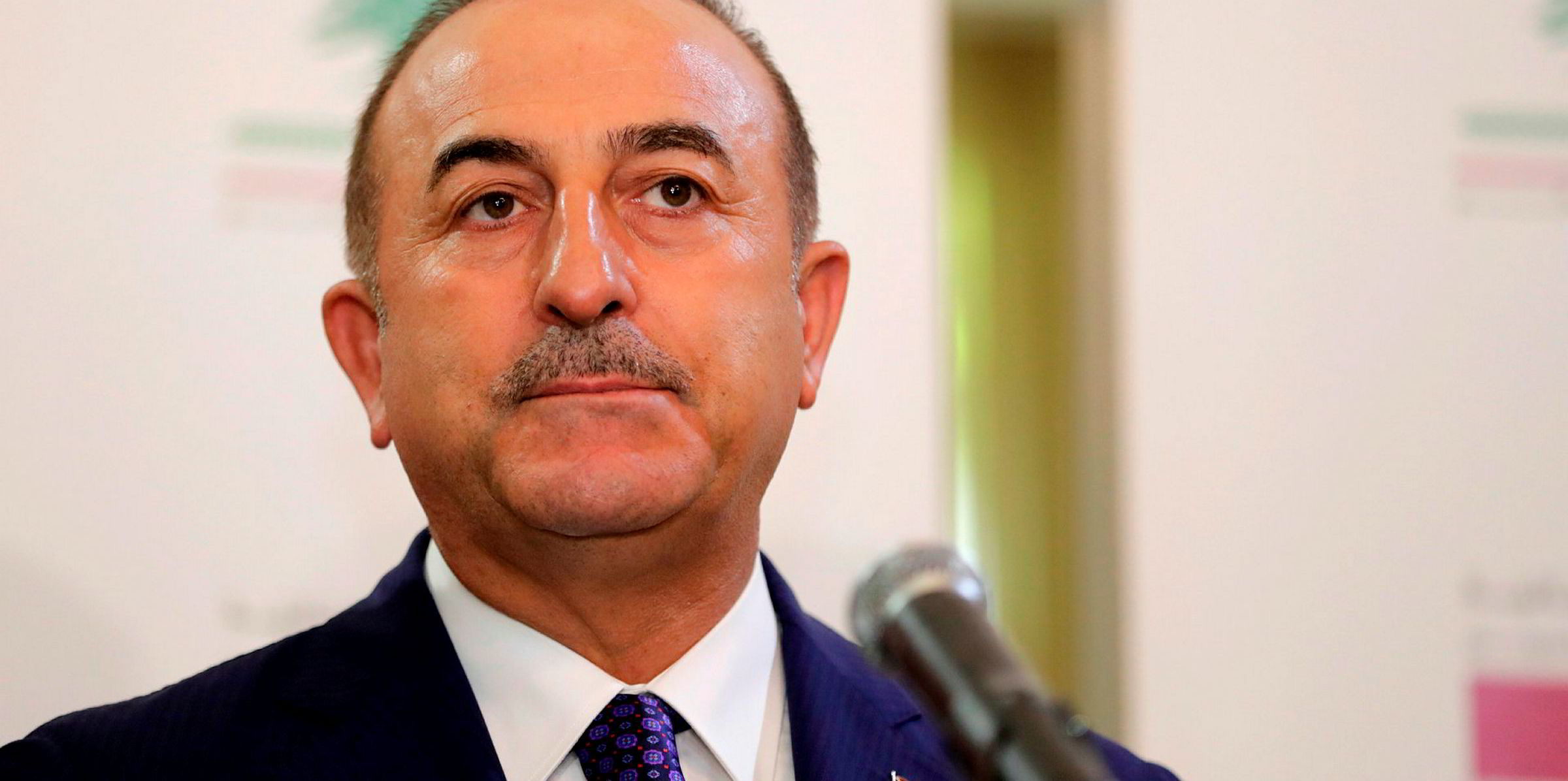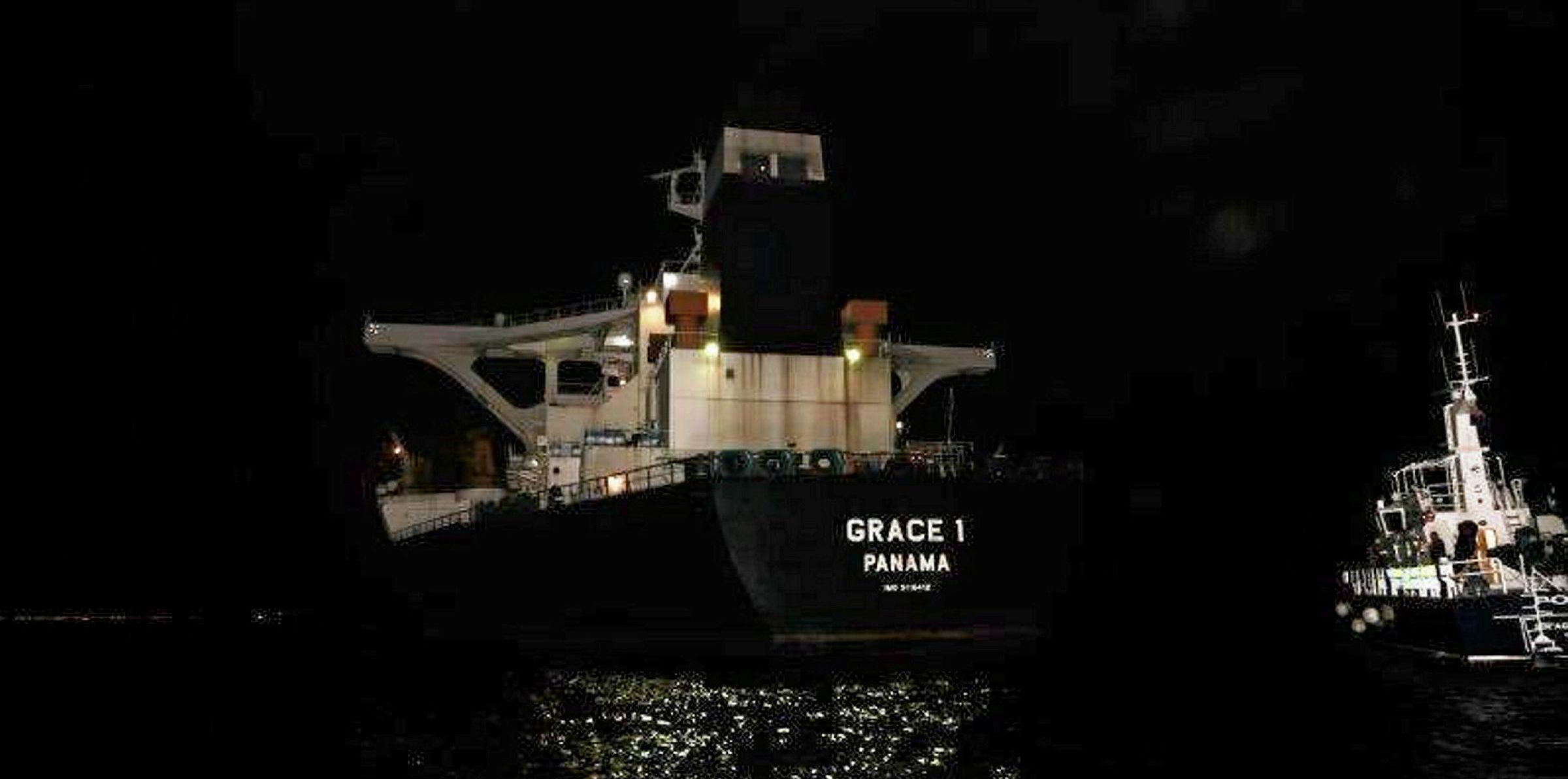The US has blacklisted the VLCC Adrian Darya 1 and its captain for “providing support to terrorism or acts of terrorism”.
The US Department of the Treasury’s Office of Foreign Assets Control (OFAC) said it took action against the vessel as it was “ultimately benefitting Iran’s Islamic Revolutionary Guard Corps-Qods Force (IRGC-QF)”
The US treasury said the vessel was “blocked property” under an anti-terrorist order. The ship’s captain, Akhilesh Kumar, was also blacklisted under the order.
“Vessels like the Adrian Darya 1 enable the IRGC-QF to ship and transfer large volumes of oil, which they attempt to mask and sell illicitly to fund the regime’s malign activities and propagate terrorism,” said Sigal Mandelker, Under Secretary for Terrorism and Financial Intelligence.
“Anyone providing support to the Adrian Darya 1 risks being sanctioned. The path to relief is to change course and not allow the IRGC-QF to profit from illicit oil sales.”
Previously known as Grace 1, the vessel was seized in July by British Royal Marines and held in Gibraltar for six weeks, on suspicion it was delivering oil to Syria.
We have reliable information that the tanker is headed to Syria. I hope it changes course
US secretary of state Mike Pompeo
Gibraltar released the ship – despite US protests – after it said it had received written assurances from Iran that the vessel would not head for countries under European Union sanctions. Tehran later denied it had made any promises
“We have reliable information that the tanker is underway and headed to Tartus, Syria. I hope it changes course,” US secretary of state Mike Pompeo said via Twitter.
“FM @JZarif guaranteed to the UK that the IRGC oil tanker #Grace1 / #AdrianDarya1 would not head to Syria. It was a big mistake to trust Zarif.”
On Friday TradeWinds reported that the Iranian tanker appeared to be heading ever closer to Syria, its original location.
The crew of the 300,600-dwt Adrian Darya 1 (built 1997) early on 30 August switched its stated AIS destination to Iskenderun, a Turkish port just to the north of the Turkish-Syrian border.
Turkish foreign minister Mevlut Cavusoglu, however, denied that the vessel was heading to Turkey and said that it was sailing to Lebanon instead, which neighbours Syria to the south. Lebanese officials disputed this, saying they were not aware of the Adrian Darya 1 heading their way, wires reported on Friday.
The Adrian Darya 1 has since been slow-steaming and zig-zagging in the Eastern Mediterranean. It changed its AIS destination at least three times – first to the Greek port of Kalamata, then to the Turkish port of Mersin, then to no destination at all and now to Iskenderun.
It has become the world’s most tracked ship in the process, with journalists, government agencies, charterers and market participants speculating on its final destination.
Several watchers expect the Adrian Darya 1 to seek to find a way to sneak into Syria or to reload part of its cargo to smaller, Iranian-controlled tankers that can access the Suez Canal.
The Iranian government said on 26 August it has already sold the ship's cargo, but didn't identify the buyers.
The Adrian Darya 1’s fate will likely have a bearing on the UK-flagged 50,000-dwt tanker Stena Impero (built 2018), which Iran seized on 19 July in an apparent reprisal for the arrest of the Grace 1 in Gibraltar. The Stena Impero is still in Bandar Abbas.





